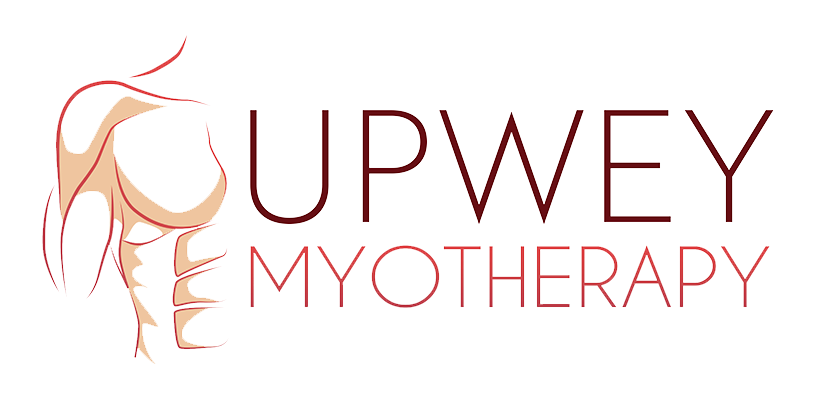Mindfulness- The most important coping strategy I used during the Lockdown
 The most important coping strategy I used during the lockdowns was mindfulness. I was lucky enough to have been practicing the skills and teaching for the last 10 years. During the lockdown all the triggers for my depression, stress and anxiety were there, uncertainty about the future with money, work and the sense of hopelessness. I made Mindfulness an integral part of my day, to cope with the stress of living under stage 4 restrictions. The formal practice is the training, and this gets infused through my day. When rumination about life would come up and they did, I was able to defuse and step back, creating space from the thoughts and becoming less caught up and reactive to the thoughts. Bringing acceptance around life and unfairness of the being shut down was challenging, but was important for decreasing the struggle. Below is a section out of my last blog on my journey through mindfulness.
The most important coping strategy I used during the lockdowns was mindfulness. I was lucky enough to have been practicing the skills and teaching for the last 10 years. During the lockdown all the triggers for my depression, stress and anxiety were there, uncertainty about the future with money, work and the sense of hopelessness. I made Mindfulness an integral part of my day, to cope with the stress of living under stage 4 restrictions. The formal practice is the training, and this gets infused through my day. When rumination about life would come up and they did, I was able to defuse and step back, creating space from the thoughts and becoming less caught up and reactive to the thoughts. Bringing acceptance around life and unfairness of the being shut down was challenging, but was important for decreasing the struggle. Below is a section out of my last blog on my journey through mindfulness.
Growing up in the Yarra Valley was a fun time for me, after school I would grab my fishing rod and walk down to the river, sitting there for hours watching the tip of my rod for slightest movement. Without realizing, this was my first taste of mindfulness; I was training my powers of focused attention. My dad explained to me once that fishing is not about catching the fish, it’s about being out in nature and enjoying what is around you, the platypus, birds, frogs and watching the fish jump out of the water. It was a lesson on not being too goal focused because if you went fishing to catch fish and your enjoyment depended on it, then you would come back disappointed a lot, but if you savor in the journey and the experience, then every fishing trip will be valued.
Mindfulness has been around for Millenia in many different forms and by many different religions in many different forms. In modern times it was Jon Kabat Zinn who introduced it to the current generation, with his MBSR (Mindfulness Based Stress Reduction) course that was first run at the University of Massachusetts in 1979. The course was originally to help treat chronic pain, but over the years has evolved to help people with depression, anxiety, and many different mental health conditions. Mindfulness is moment to moment nonjudgmental awareness. Mindfulness is not just meditation, but a way of living life being present, open, curious, and kind. Meditation is useful practice via which you can train yourself in mindfulness to infuse this moment to moment non-judgmental awareness throughout your life and daily activities. Just reading about mindfulness won’t change you, but it’s the practice of it that is important.
Jon Kabat Zinn published a book based on his 8-week course, 30 years ago, titled Full Catastrophe Living. Jon got the title of his book from the movie Zorba the Greek, and embodies a lot of what the book teaches. “appreciation for the richness of life and the inevitability of all its dilemmas, sorrows, tragedies, and ironies. His way is to dance in the gale of the full catastrophe, to celebrate life, laugh with it and at himself, even in the face of personal failure and defeat”. (Zinn, 2004)
In my late 20’s I was struggling with life and I couldn’t see a way out, when I look back, I had stopped doing my valued occupations like fishing and cricket, the importance of these activities didn’t become clear to me until many years later. During this time one of my long-term patients saw that I was struggling and mentioned that I should go to a mindfulness courses (MBSR- Mindfulness Based Stress Reduction) she was running. I enquired about the price, but I could not afford it at the time. She then offered me a lowered price that I could afford. I am forever grateful to this wonderful woman for sending me on this new path of discovery and is a practice that I utilize to this day, every day. Here is a link to a blog I created on my story of Pain, depression and becoming who I am.
When I started the Mindfulness course, I was blank slate and didn’t have a lot of preexisting knowledge about mindfulness. In Explain Pain terms using the sandcastle metaphor, I had a few loose grains of knowledge that were not tightly held or influential about Mindfulness. I knew it had something to do about mediation and reducing stress, but I hadn’t explored it any further. I fully embraced this course because I wanted to get better and I did the 2 hours of practice per day. Over the next 8 weeks I started to see a change in the way I perceived and interacted with the world and I could start to see a way forward.
The most important thing I learnt was we are not trying to push perceptions or thoughts away but bringing them closer, sitting with them and giving them space. When we have bodily experiences breathing into them and becoming curious, feeling the size shape and where it is, not adding any more to the story and trying to defuse our automatic responses. When a lot of people start out, they might get caught in the trap of pseudo acceptance, where they are doing the mindfulness to get the pain or stress to go away, but this is just another avoidance strategy and is not true acceptance. “Acceptance is opening up to our inner experience and allowing them as they are, regardless of whether they are pleasant or painful” (Harris, 2019). What you will find is when you stop the struggle with experience and just be with it, curious and nonjudgmental that over time you may give the experience less power. In regard to a patient and their pain, we are changing the patient’s relationship to their pain, where it becomes less of a problem and they stop the struggle with it.
What about the evidence? While there have been thousands of studies on mindfulness, the quality of evidence varies from poor to good. A Meta-analysis on Mindfulness released in 2017 (Lara Hilton, 2017), only showed small improvements on zero to ten reported pain scale, but there was significant changes in depression and physical health related quality of life. I think this is where the true value in mindfulness is. We are not trying to get rid of pain but change the relationship to the pain to make pain less of a problem and decrease the disability associated with that same pain. Stopping the struggle with pain and giving it space just to be and using your energy towards what you love and value.
People may look at me strange when I say the most important and hardest skill I have learnt in my life is mindfulness! But, keeping up a regular practice, constantly challenging your skills around nonjudgmental moment to moment awareness is hard work. It not a passive process but an extremely active process where you are continually bringing your attention back to what you are focusing on. The goal is to notice your mind wondering, rather than stop it wondering and be kind and compassionate as you bring your awareness back to the present. The key ingredient is: every time your mind wanders, don’t be too disheartened or angry but count this as a win and show yourself compassion because when you become aware that your mind has wondered and you bring it back, this is where the true power of mindfulness is, to bring you back to the present.
